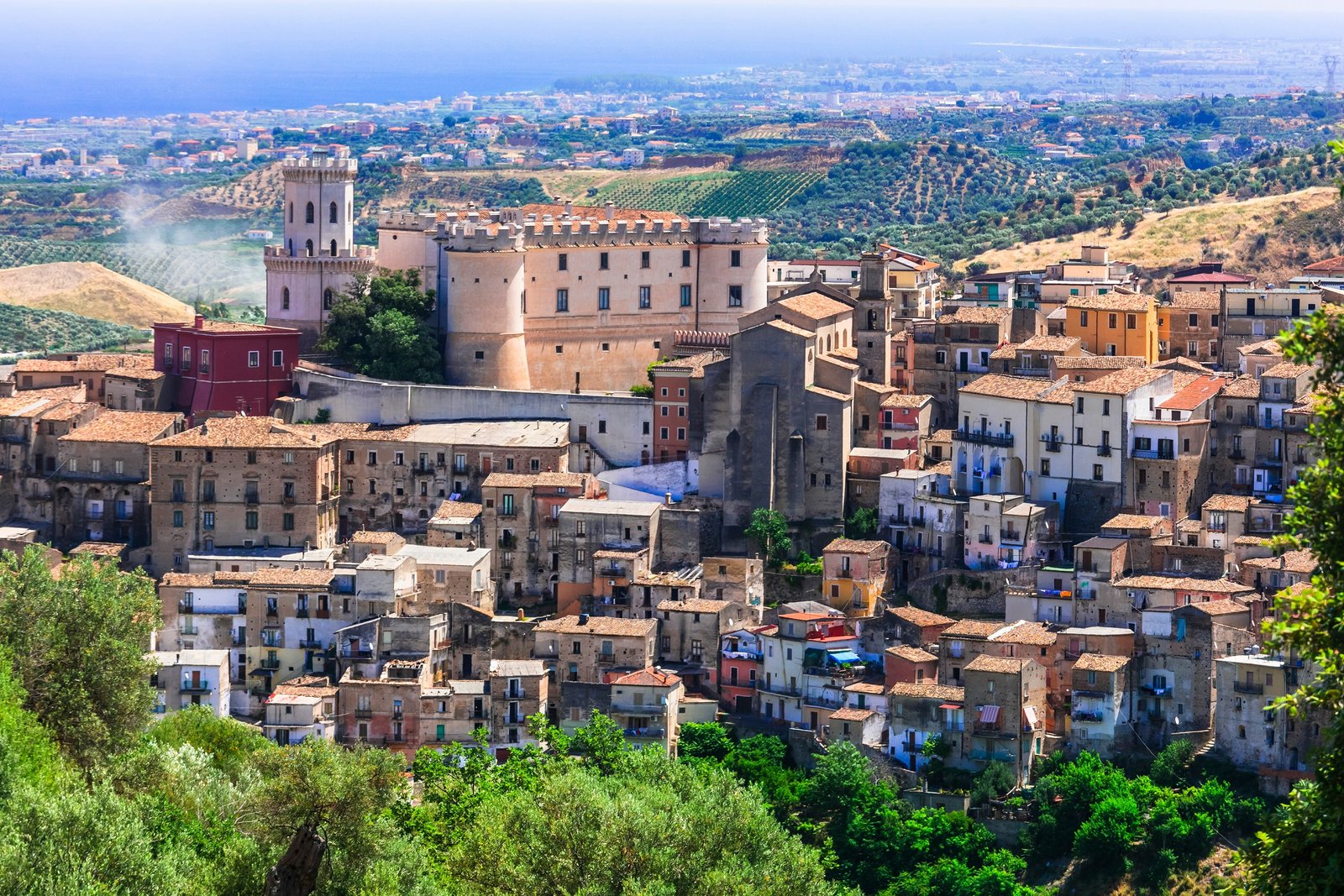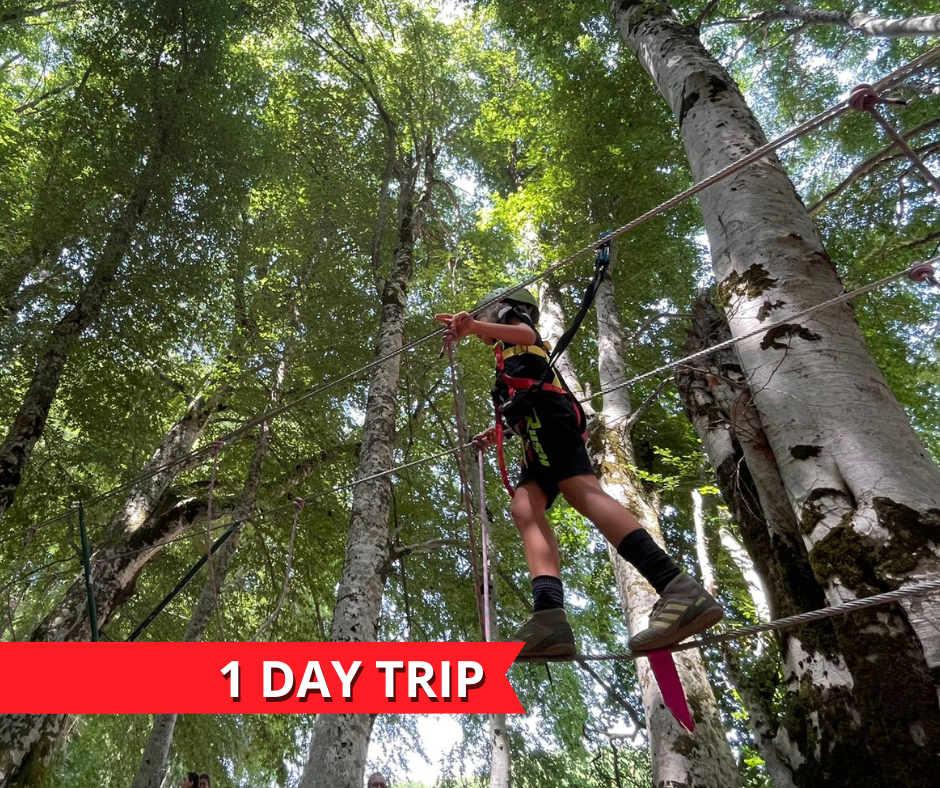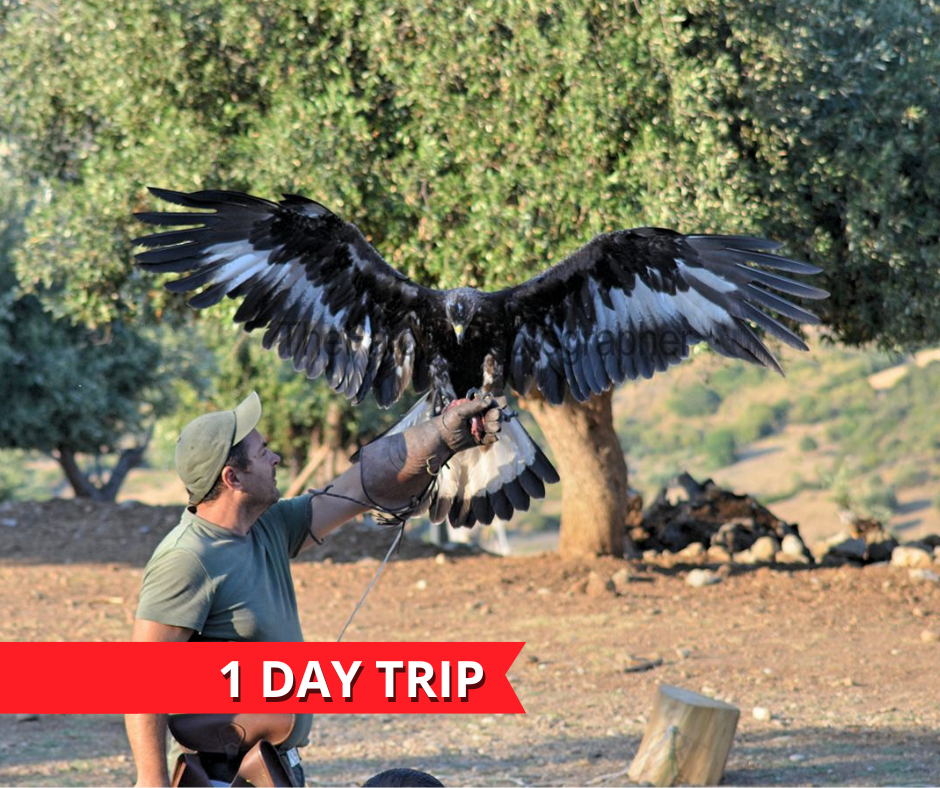In Calabria, in the Alto Ionio Cosentino, there is a stretch of coastline, with an evocative name, that was chosen by the Greeks centuries ago as a landing place: it is the Costa degli Achei, an area that stretches for about 150 kilometres along the Piana di Sibari and overlooks the Ionian Sea. Here, white sandy beaches form a backdrop to ancient medieval castles, and small villages with intricate streets alternate with sheer cliffs overlooking the sea. Among the towns and villages enclosed in this area is Corigliano-Rossano (CS), a municipality established on 31 March 2018 from the merger of Corigliano Calabro and Rossano, a place rich in history and culture to be discovered in all its angles and facets.
Corigliano - Rossano

Corigliano-Rossano is a municipality located along the Sibari Plain and lies between the Sila massif and the stretch of coastline washed by the Ionian Sea. Part of the so-called Sila Greca, it has a landscape rich in cultivation, including citrus and olive groves, although the true local speciality is liquorice, which finds a perfect ecosystem in which to grow and be cultivated. The ancient core of the municipality is represented by the historical villages of Corigliano and Rossano. The village of Corigliano is famous for its ancient castle and looks like the classic defensive nucleus perched on the slopes of a hill, with the highest part occupied by the fortress, at the foot of which the town develops; the hill village of Rossano, on the other hand, shows the signs and evidence of a Byzantine past that still resurfaces strongly from the churches, monuments and works of art preserved in them and spreads among alleys and narrow streets overlooked by stone houses.
Visiting Corigliano-Rossano means immersing oneself in its centuries-old history and discovering a land of a thousand faces that, having been traversed by Greeks, Romans and Byzantines, offers the traveller countless treasures to appreciate. In the hamlet of Corigliano, the church of S. Antonio, decorated in the 18th century with elegant stucco and marble, stands out among the religious buildings and is well worth a visit. You cannot miss a stop at the Castello Ducale, one of the best preserved castles in southern Italy, famous for the evocative frescoes and decorations that adorn the interiors. The Church of Santa Maria Maggiore and the Church of San Pietro, then, are interesting examples of medieval buildings, later modified over the centuries, while the Church of the Madonna del Carmine offers precious examples of Romanesque architecture, visible in the portals with their Gothic-Catalan lines. The hamlet of Rossano also hosts remarkable monuments and works of art, and offers experiences of culture, nature and relaxation. The ancient core of intersecting streets and alleys is a place of great charm where the Cathedral of Maria Santissima Achiropita stands out, famous for housing the icon of the Virgin Achiropita ('not painted by human hand') dating back to no later than the 8th century. Adjacent to the cathedral is the Diocesan Museum that, among other works, preserves the Codex Purpureus Rossanensis, a precious and elegant 6th century illuminated evangeliary with pink pages, a UNESCO heritage site since 2015. Because of its proximity to Sila, Rossano is also an ideal destination for trekking enthusiasts, who can push themselves among the various paths immersed in nature: those who wish can venture as far as the 11th-century Abbey of Santa Maria del Patire, located 610 metres above sea level and surrounded by greenery and the heights of the Greek Sila. But Corigliano-Rossano is also a place to experience the flavour and taste of local gastronomy: in the countryside of the Sibari plain, in fact, masserie, agriturismi and wine cellars will transport you to an authentic and genuine dimension where you can experience all the flavour of local excellence. Finally, during your trip a stop at the 'Giorgio Amarelli' Liquorice Museum is a must, where in the old factory still in operation you can discover the production phases of this fragrant root. Liquorice, in fact, finds in the Sibari Plain the optimal environment to be cultivated and in this territory a high quality product is obtained, which you can taste in different versions inside the museum, surrounded by an ancient and romantic atmosphere that, among machinery, tin boxes and vintage tools, will transport you back in time.
The typical dishes found in Corigliano-Rossano are dishes that recall the culinary history of the Piana di Sibari and the Greek Sila. The tradition of homemade pasta is still alive in the area with 'i maccarrun' (grilled fusilli), 'tajjarini' (tagliatelle pasta excellent when cooked with chickpeas and wild fennel) and 'i cavatedd' gnocchi to be served with meat sauce. Vegetables and vegetable soups are the basis of tasty dishes such as stuffed aubergines, potatoes with peppers and lampascioni (bulbs similar to onions, but with a bitter aftertaste). Inevitable, then, is salt cod with potatoes, a dish that has been eaten for centuries, especially in the Calabrian hinterland. Meat processing, then, has a long history in the area and yields excellent soppressate, capicolli and the so-called 'carne salata' (meat flavoured with spices and chilli powder). The bread and focaccia are made in many fragrant versions, with fennel, elderflower and rosemary, and all retain the taste and fragrance of home baking. The typical sweets, with their flavour reminiscent of ancient atmospheres, have a strong link with local products and an authentic and genuine taste: we find 'i scorateddi', soft sugar-coated taralli, to be eaten fresh out of the oven, 'i chinuliddi', crescent-shaped sweets filled with jam and dried fruit. We then find, especially during the Christmas period, 'i crustuli', aniseed-flavoured sweets covered in honey, morsels rich in flavour and with an unmistakable aroma.
Among the most heartfelt and eagerly awaited events in Corigliano-Rossano are the festivities in honour of the Madonna Achiropita (in Rossano) and for Saint Francis of Paola (in Corigliano), held on 24 and 25 April to commemorate the 1836 earthquake and the intercession of the two saints who saved the city: the festivities have their fulcrum in the procession of the statues of the saints through the streets of the city. In particular, the statue of the Achiropita, which is kept at the Diocesan Museum, is also carried in procession on 14 and 15 August to celebrate the memory of the Virgin's protection of the city during the bombing by the Allies during World War II. Then, in February, Rossano hosts the prestigious festival 'The City of Music', dedicated to important musical performances and concerts. But it is in the summer months that Corigliano-Rossano's calendar of events becomes rich and lively. During this period, in fact, there are many appointments and events not to be missed: among these is the Festa della Pasta (Pasta Festival), which takes place in the hamlet of Cantinella and is a true fresh pasta festival in which the various stands become meeting points for tasting pasta and typical dishes.





